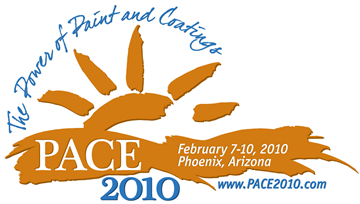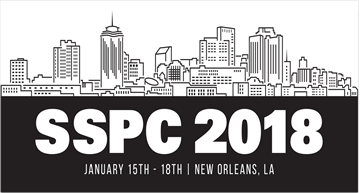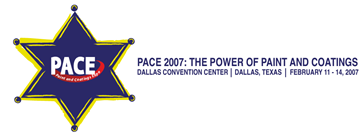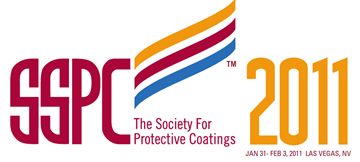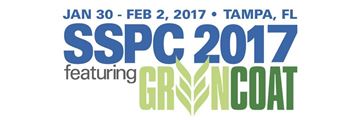Search
SSPC Conference Papers
Legacy SSPC Conference Papers
View as
Sort by
Display
per page
Aluminum Corrosion & Corrosion Prevention in a Seacoast Atmospheric Environment
Product Number:
51219-222-SG
Publication Date:
2019
$20.00
Ambient Curing and Thermosetting of Polyurea and Polyurethane Castable Liner
Product Number:
41210-524-SG
Publication Date:
2010
$20.00
An In-Depth Look at Standards Frequently Encountered by Industrial Painters
Product Number:
51218-164-SG
Publication Date:
2018
$20.00
An Analysis of the Advantages and Disadvantages of Ultra Long-Life Coating Systems for Water Storage Tanks
Product Number:
41207-324-SG
Publication Date:
2007
$20.00
An Introduction To Low Pressure, Ambient Temperature Polyurea Spraying
Product Number:
41211-616-SG
Publication Date:
2011
$20.00
An Investigation of Improving Metal Adhesion of CationicallyUV-Curable, Bio-based Epoxy Coatings
Product Number:
51217-072-SG
Publication Date:
2017
$20.00
An Optically Active Coating System for Coating Ballast Tanks
Product Number:
41205-156-SG
Publication Date:
2005
$20.00
An Organometallic Ester Corrosion Inhibitor for Use in Direct-to-Metal Acrylic Paints
Product Number:
41212-681-SG
Publication Date:
2012
$20.00
An Ounce of Prevention... The Reliability of Field Methods for Detecting the Presence of Amine Blush on Epoxy Coatings
Product Number:
41205-190-SG
Publication Date:
2005
$20.00
An Overview and Comparison of Surface Cleanliness Standards for the Protective Coatings Industry
Product Number:
41216-965-SG
Publication Date:
2016
$20.00


